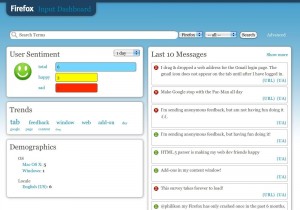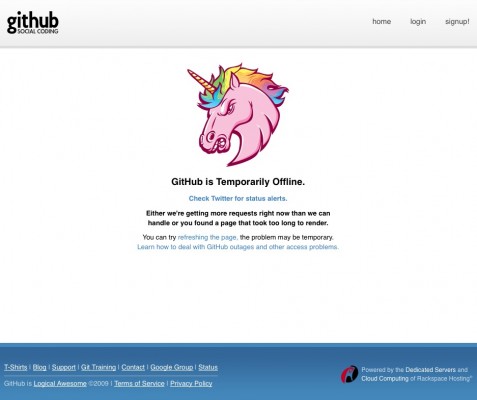Cryptographic hash functions play an important part in application security: Usually, user passwords are hashed and stored in the database. When someone logs in, their input is hashed as well and compared to the database content. A weak hash is almost as bad as no hash at all: If someone steals (part of) your user database, they can analyze the hashed values to detect the actual password--and then use it, without the owner's knowledge, to log into your application on their behalf.
As part of a proactive web application security model, it is therefore important to stay ahead of the game attackers play and use sufficiently strong encryption to store passwords. Since cryptanalysts are spending great efforts on breaking encryption algorithms (with the help of increasingly fast and cheap computers), SHA-1 is meanwhile considered only borderline in strength. Not a good position to be in if you want to write future-proof apps.
Django (our web app framework of choice at Mozilla) does not support anything stronger than its default, SHA-1, and has, in the past, WONTFIXed attempts to increase hash strengths, citing strong backwards compatibility as the reason. As long as Django targets Python 2.4 as its greatest common denominator, this is unlikely to change. Writing a full-blown, custom authentication backend for the purpose is an option (the Mozilla Add-ons project chose to do that), but it seemed overkill to me, given that with the exception of the hash strength, Django's built-in authentication code works just fine.
So I decided to monkey-patch their auth model at run time, to add SHA-256 support to my application (while staying backwards-compatible with older password hashes possibly existing in the database).
The code is simple, and I made an effort to keep it as uninvasive as possible, so that it can be removed easily in case Django ever does get support for stronger hashes down the road. Let me know what you think: (Embedded from a Gist on Github).




